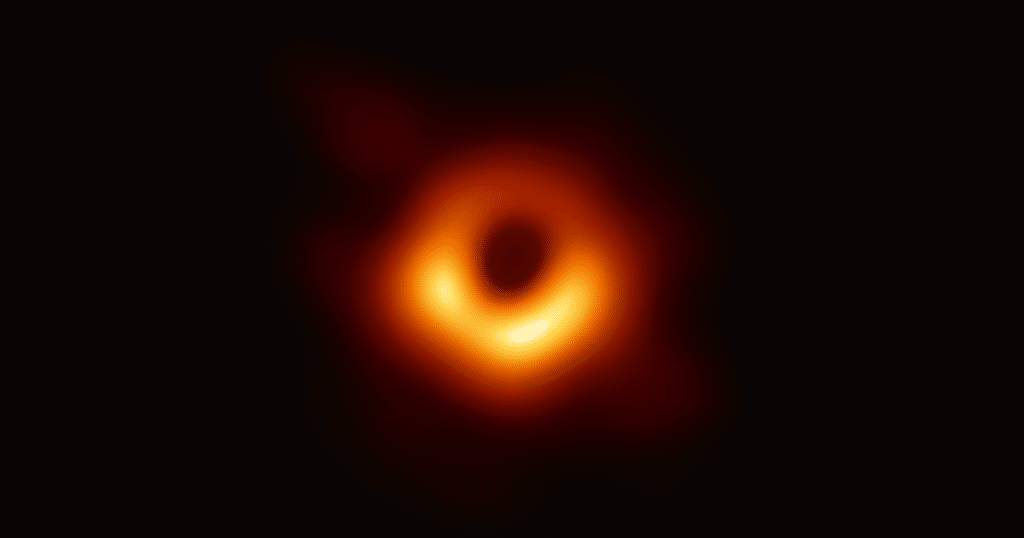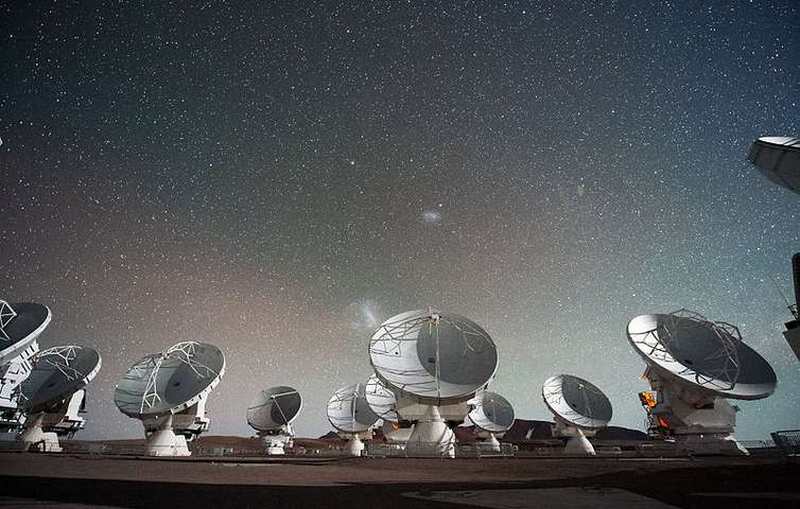

Credit: ESOīecause the black hole is about 27,000 light-years away from Earth, it appears to have about the same size in the sky as a donut on the moon. What does it take to capture an image of the black hole at the centre of our galaxy? This video explains how the Event Horizon Telescope (EHT) works, and how astronomers managed to create one massive Earth-sized telescope big enough to “see” at the edge of black holes. "These unprecedented observations have greatly improved our understanding of what happens at the very center of our galaxy, and offer new insights on how these giant black holes interact with their surroundings." The EHT team's results are being published today in a special issue of The Astrophysical Journal Letters. "We were stunned by how well the size of the ring agreed with predictions from Einstein's theory of general relativity," said EHT Project Scientist Geoffrey Bower from the Institute of Astronomy and Astrophysics, Academia Sinica, Taipei. The new view captures light bent by the powerful gravity of the black hole, which is four million times more massive than our sun. We cannot see the black hole itself, because it is completely dark, but glowing gas around it reveals a telltale signature: a dark central region (called a "shadow") surrounded by a bright, ring-like structure. Read more: Snapping a black hole: How the EHT super-telescope works This strongly suggested that this object-known as Sagittarius A* (Sgr A*, pronounced "sadge-ay-star")-is a black hole, and today's image provides the first direct visual evidence of it. Scientists had previously seen stars orbiting around something invisible, compact, and massive at the center of the Milky Way. The image is a long-anticipated look at the massive object that sits at the very center of our galaxy. The image was produced by a global research team called the Event Horizon Telescope (EHT) Collaboration, using observations from a worldwide network of radio telescopes.

This result provides overwhelming evidence that the object is indeed a black hole and yields valuable clues about the workings of such giants, which are thought to reside at the center of most galaxies. National Press Club in Washington, D.C., astronomers have unveiled the first image of the supermassive black hole at the center of our own Milky Way galaxy. Credit: EHT CollaborationĪt simultaneous press conferences around the world, including at a National Science Foundation-sponsored press conference at the U.S. The image of the Sgr A* black hole is an average of the different images the EHT Collaboration has extracted from its 2017 observations. The new view captures light bent by the powerful gravity of the black hole, which is four million times more massive than our Sun. Although we cannot see the event horizon itself, because it cannot emit light, glowing gas orbiting around the black hole reveals a telltale signature: a dark central region (called a “shadow”) surrounded by a bright ring-like structure. The telescope is named after the “event horizon”, the boundary of the black hole beyond which no light can escape.
/cdn.vox-cdn.com/uploads/chorus_image/image/63388451/A_Consensus_sm.0.jpg)
It was captured by the Event Horizon Telescope (EHT), an array which linked together eight existing radio observatories across the planet to form a single “Earth-sized” virtual telescope. It’s the first direct visual evidence of the presence of this black hole. This is the first image of Sagittarius A* (or Sgr A* for short), the supermassive black hole at the centre of our galaxy. First image of the black hole at the center of the Milky Way.


 0 kommentar(er)
0 kommentar(er)
